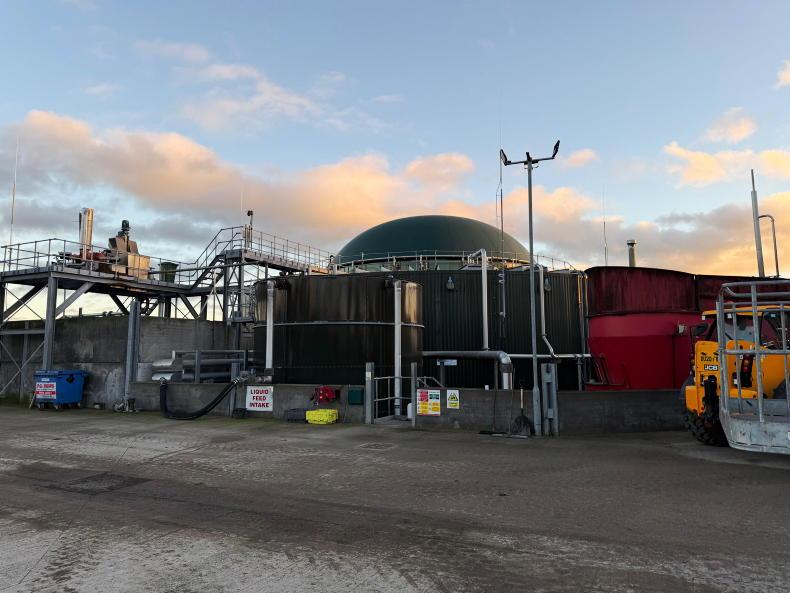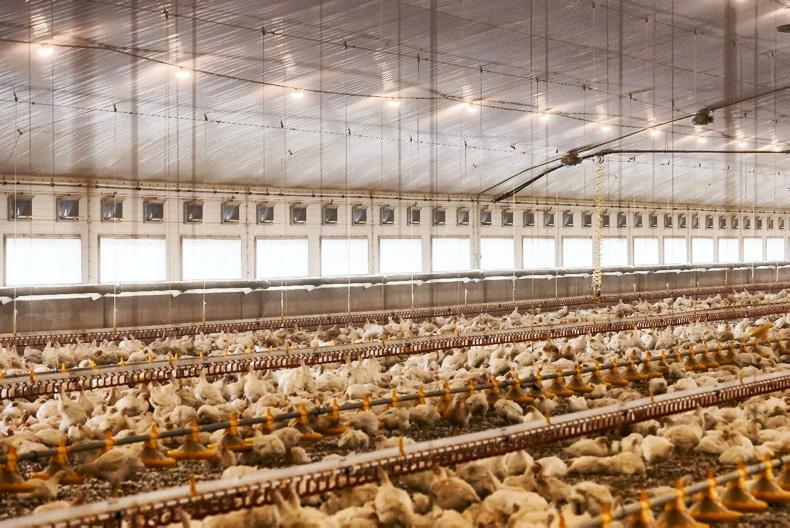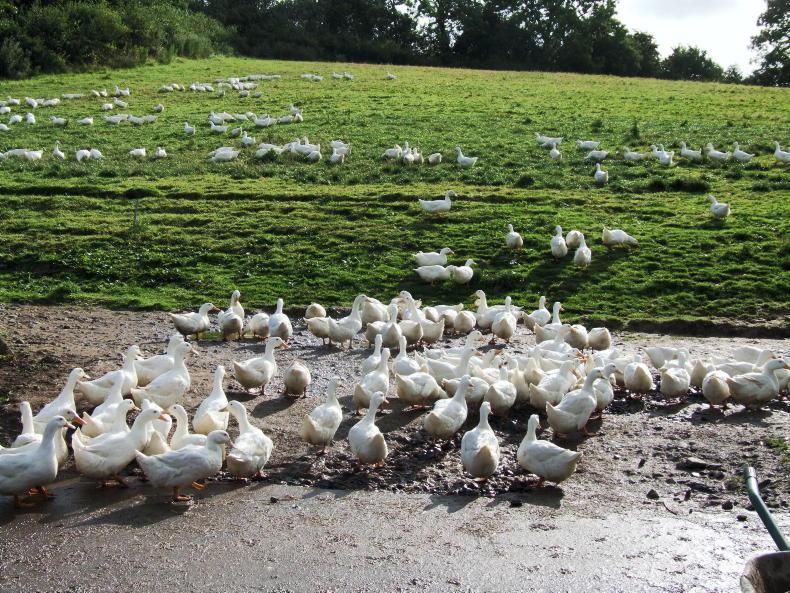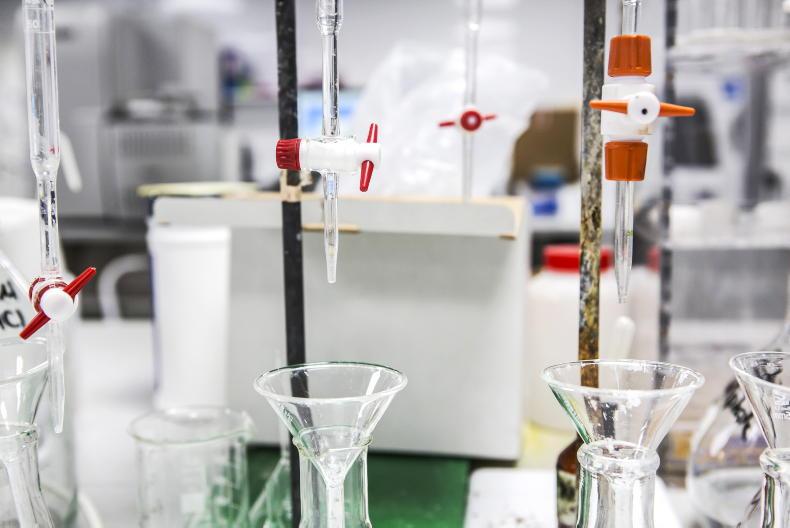The actual source of the outbreak of salmonella in nine of the country’s broiler flocks has not yet been identified, the Department of Agriculture has told the Irish Farmers Journal.
“This is a very complex investigation, as there are many potential different sources of salmonella infection.
“Potential sources of infection can include, but are not limited to, an infected broiler breeder flock (as infection can pass via the hatching egg), cross-contamination in the hatchery, contaminated transport containers or vehicles or contaminated feed. All possible sources are being investigated,” a Department spokesperson said.
A total of nine broiler flocks tested positive for the presence of salmonella typhimurium in January, with the affected flocks detected as part of the routine ongoing national salmonella control programme. The flocks are located in Monaghan, Cork, Limerick and Mayo.
The Department is continuing to work closely with the food business operator, the Food Safety Authority of Ireland (FSAI) and the National Reference Laboratory in order to determine the cause of the outbreak of salmonella typhimurium and to mitigate risk of further outbreaks.
This involves very significant amounts of sampling and testing and includes both company and official sampling by the Department.
Culling
The Department reiterated that culling of the positive flocks has been completed and that no birds from the culled flocks have entered the food chain.
“It is anticipated that ongoing testing prior to slaughter may give rise to some further positive results in flocks associated with this outbreak. Any such further positive flocks will also be culled and will not enter the food chain,” it added.
It said that there are no cases of food-borne illness associated with this outbreak to date and also confirmed that there is no compensation for broiler flocks that test positive for salmonella.
Broiler background
There are approximately 327 commercial broiler farms in Ireland; this is not a static figure, as not all are in production at all times. They are located throughout Ireland, with the majority in counties Cavan, Monaghan and Limerick.
The number of birds processed in slaughter plants in Ireland annually is approximately 100m.
In 2020, 110 official control samples under the salmonella control programme were taken on Irish farms, with zero positive results, and, in general, there is a very low prevalence of salmonella species in Irish broiler flocks.
The Department added that as a result of the historically low salmonella prevalence in the Irish poultry sectors, vaccination is not practice.
What is salmonella?
“Salmonella is a ubiquitous bacterium with many serotypes which are typically found in human and animal digestive tracts.
“Salmonella typhimurium is a serotype, which has the potential to cause food-borne illness in humans if infected products are handled or consumed,” the Department explained.
Advice for consumers handling raw poultry products remains the same.
“The simplest way to protect themselves from any food-related risk is by following basic kitchen hygiene steps, such as not washing raw chicken and always washing hands and utensils when handling raw chicken to avoid potential for cross-contamination between raw meat and cooked foods.
"Meat should be cooked thoroughly. Most products that are minced or skewered along with poultry and pork products must always be cooked through to the centre,” it advised.










SHARING OPTIONS